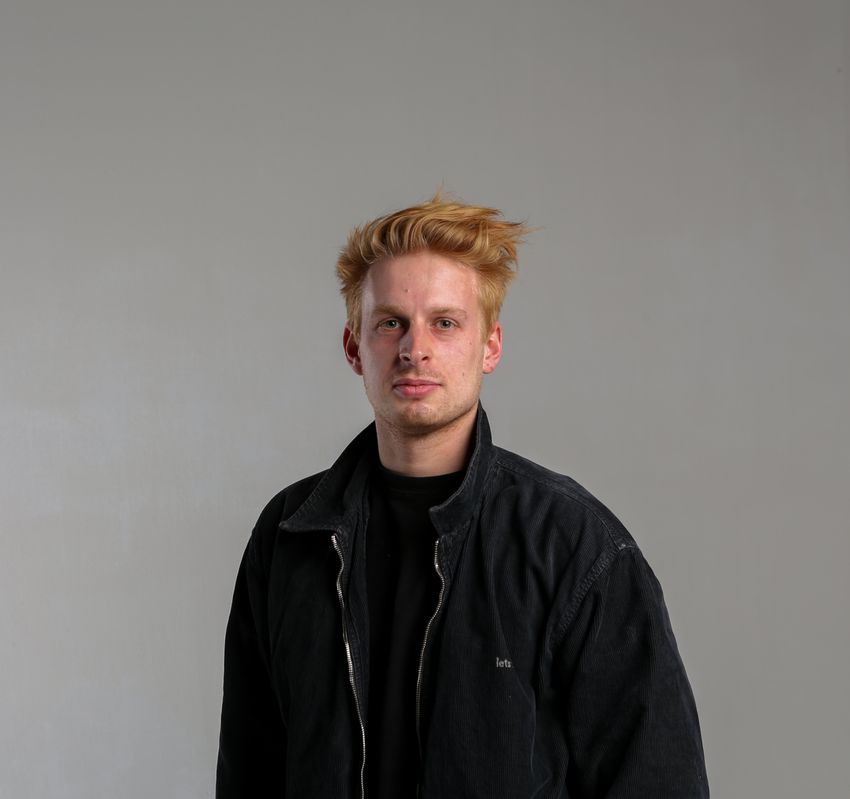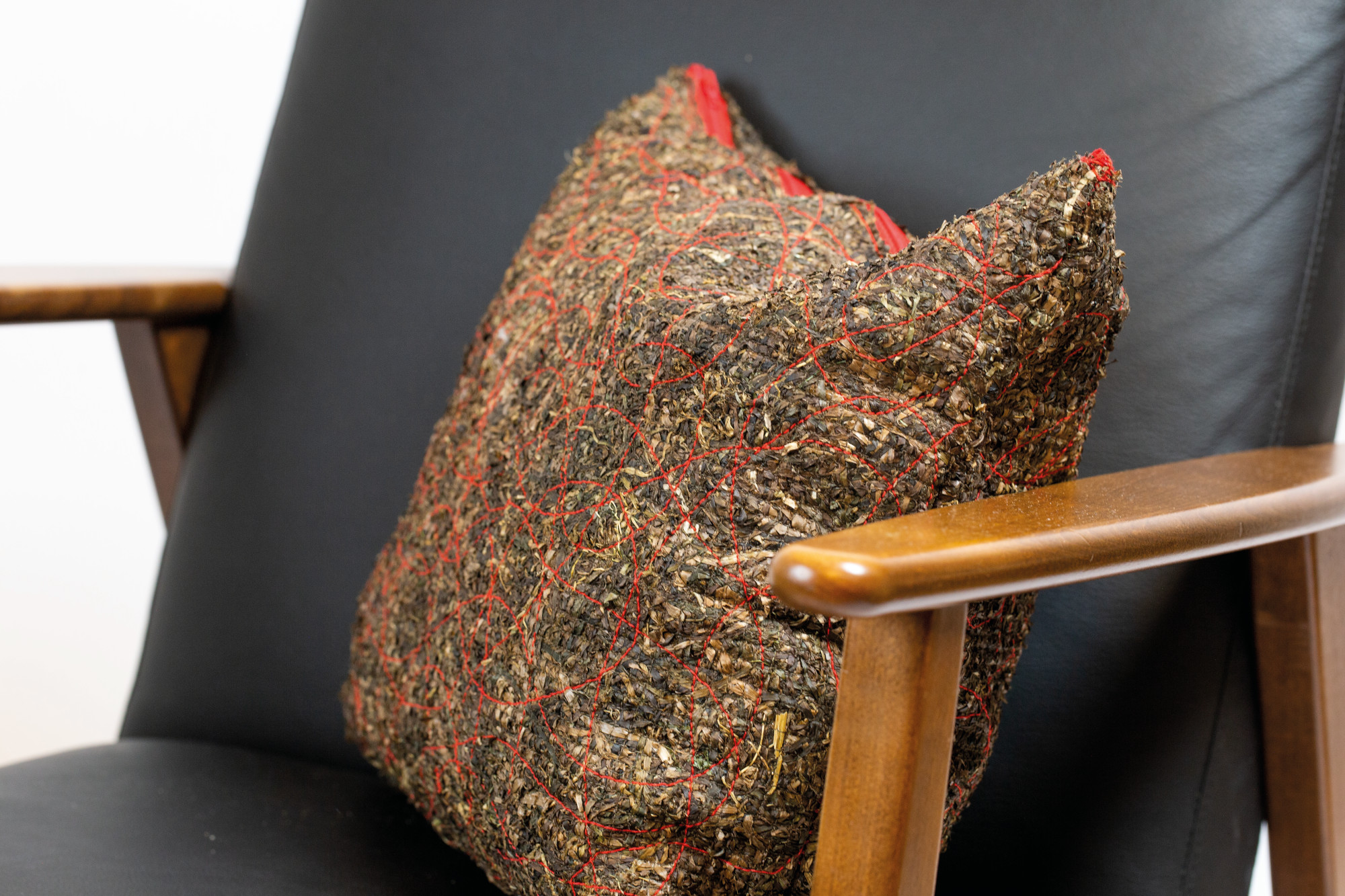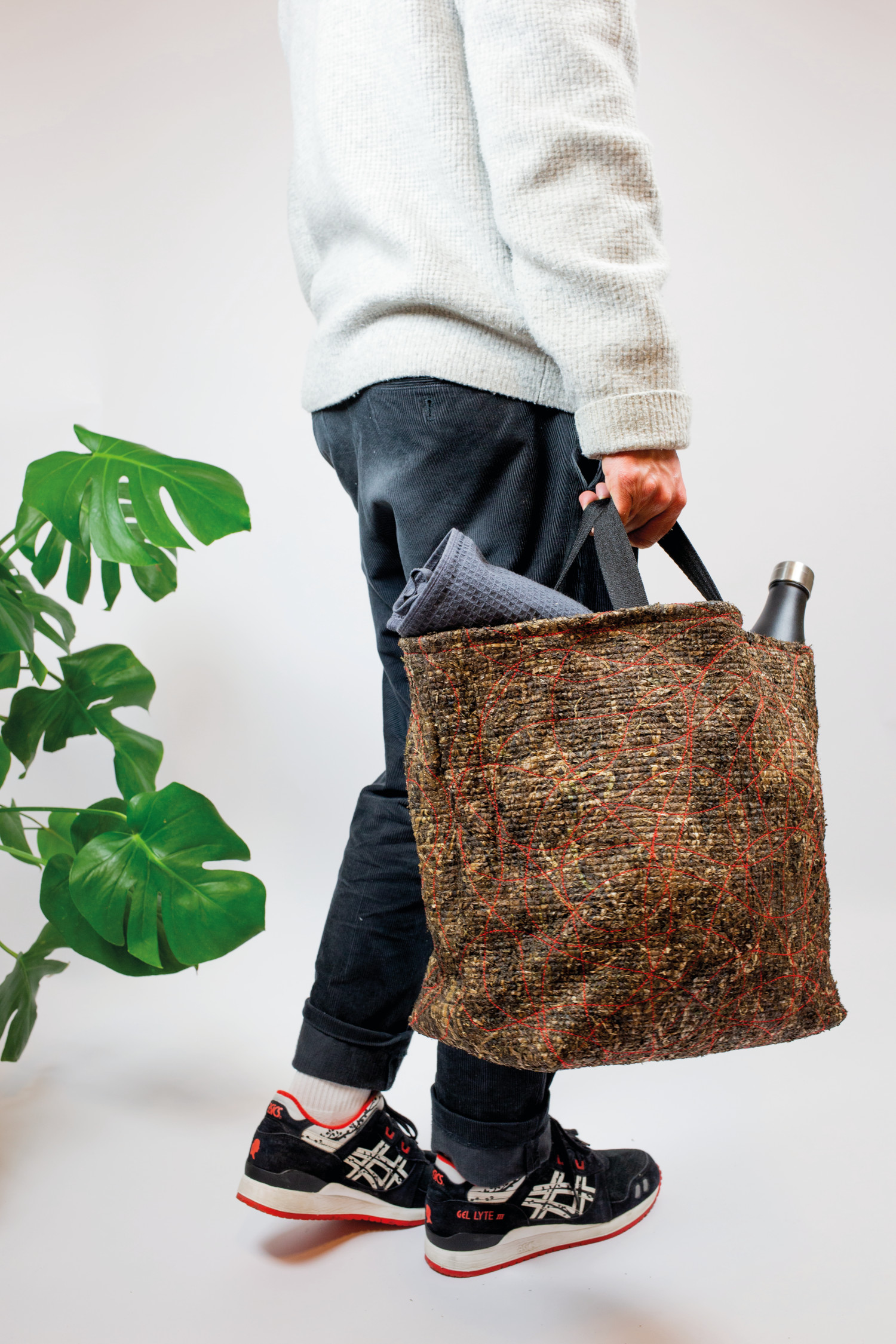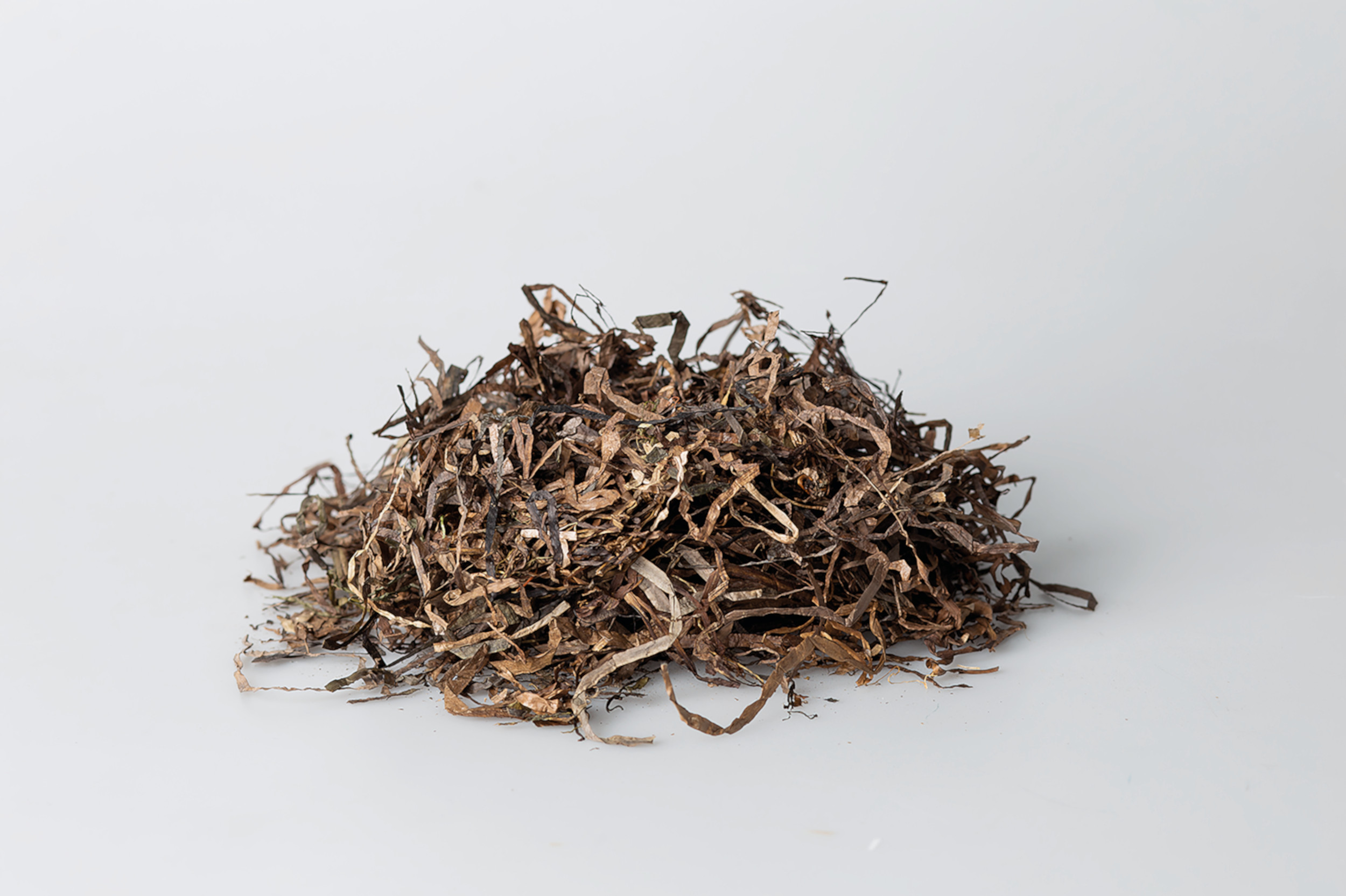Sustainability
Wibke Behrens: “Art is not there to present solutions”
Ever since Joseph Beuys introduced the sustainability discourse to art …

Anton Orlovius is an industrial designer and has been nominated for the Green Concept Award with his Strandgut project. Strandgut is a fabric made from seaweed that can be used in a variety of ways. The waste material from the Baltic Sea is biodegradable and can be returned to the natural cycle. What can be made from it? And how important is it for industry?
CCB Magazine: Hello Anton. You were shortlisted for the Green Concept Award with your Strandgut project. Were you surprised?
Anton Orlovius: I've entered a lot of design competitions recently. The feedback so far has always been good - unfortunately I haven't won any prizes yet. But that could still happen.
CCB Magazine:Strandgut is a fabric made from seagrass that can be used in a variety of ways. The material does not contain any oil-based materials and can be returned to the natural cycle. How did you come up with seagrass of all things?
Anton Orlovius:Strandgut was my bachelor's degree project. I wanted to look into alternative natural materials. I just started researching and came across seagrass in the Mediterranean. There are small balls of seaweed there which, when they die, are washed ashore by the current. A German company uses them to make thermal insulation for houses. I wrote to them and asked for samples, but unfortunately they didn't go for it because they were worried that it could turn into something bigger. Then I thought about it. I come from Hamburg, I know the seaweed from the Baltic Sea, and it makes much more sense to use regional resources in order to have shorter transportation routes. I then started my first experiments with this seaweed.
Theoretically, my product is completely recyclable. However, seagrass takes quite a long time to decompose, which in turn speaks for the longevity of the resulting products
CCB Magazine:What products do you make with it? Or to put it another way: What can you do with it?
Anton Orlovius:I used it to make a textile fabric from seaweed, which is sewn together with cotton yarn. It can be used to make anything that can be made from a normal fabric, for example cushion covers, curtains, beach bags and the like. You can actually process it like any textile fabric. What I am planning in the future is to produce a molded material from seagrass that is not sewn but glued with natural glue. You could then make a lot more out of it, for example lampshades, picnic utensils, fittings, furniture, in fact anything.
CCB Magazine:How did you proceed with the development?
Anton Orlovius:I first tried to glue the seaweed with resin and then let it harden, but this didn't work so well with the machines I had at my disposal. Finally, I tried sewing, inspired by painting blankets, and a special sewing method that I don't want to reveal at this point. I then sat at the university and sewed the stuff together by hand by the meter.
CCB Magazine:Who supplies you with your raw material? Can the seaweed be processed in different degrees of fineness?
Anton Orlovius:Seagrass can be found on the Baltic and North Seas. I ended up on a Danish island called Laeso, which used seaweed as a substitute for thatched roofs about 300 years ago due to a shortage of resources. The houses are still there today and look very funny. Seagrass has good properties: it doesn't rot so quickly, doesn't burn and insulates well. I then came across the seagrass trade, a small company near Hamburg that uses unprocessed seagrass as thermal insulation. They were kind enough to provide me with a box of seagrass with different spar sizes - which makes it possible to obtain different textures. Of course, the texture also depends on the sewing pattern.



CCB Magazine:Strandgut is biodegradable and follows the cradle-to-cradle principle. What does that mean in concrete terms? Is the handbag made of seaweed thrown back into the sea when it is no longer usable?
Anton Orlovius:Theoretically, my product can be completely returned to nature. However, seagrass takes quite a long time to decompose, which in turn speaks for the longevity of the resulting products. In nature, seagrass only rots after several years, but I can't prove this with exact figures.
Seagrass can be used to make anything that can be made from normal fabric. What I plan to do in the future is to make a molded material from seagrass that is not sewn but glued together with natural glue. You could then make a lot more from it
CCB Magazine:What does the industry gain from it, or how can it be used industrially? Why didn't others come up with your idea before you?
Anton Orlovius:If my seagrass textile were to be produced in Germany, it would be very expensive, which has been the problem so far. You could of course have it produced in Bangladesh, but it should be a regional product with a low carbon footprint. In the future, however, I think it could be used for the local industry.
CCB Magazine:Do you have a mission, are you considering scaling up your project?
Anton Orlovius:That is my dream. But I still have to find ways to produce it mechanically and carry out tests to see how quickly the material wears out, rubs off, how much it weighs, etc. It all takes time. And that's why I'm also taking part in design competitions to find partners, sponsors or investors to support me on my way.
CCB Magazine:Anton, what's next?
Anton Orlovius:I have applied for a Master's degree to continue my project and try out other production methods. I hope that works out.
Category: Innovation & Vision
Also a good read
Subscribe to our monthly newsletter!